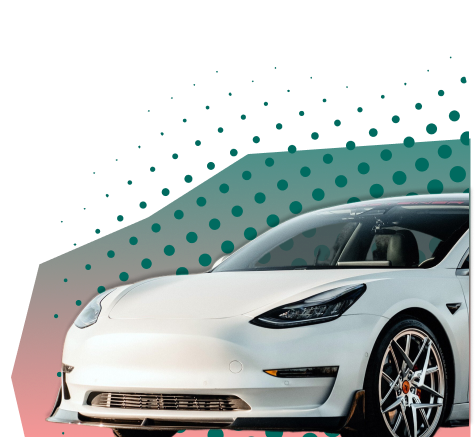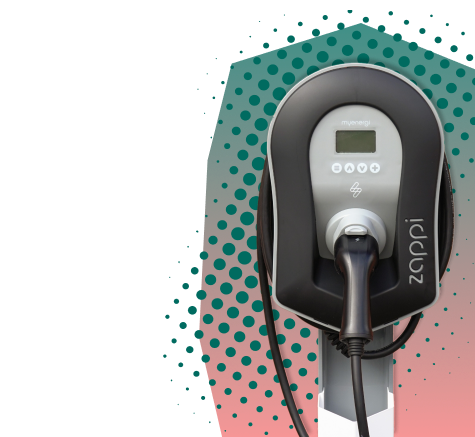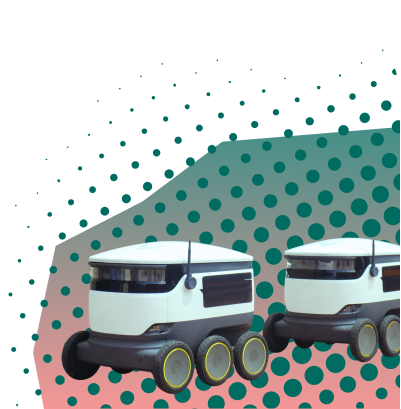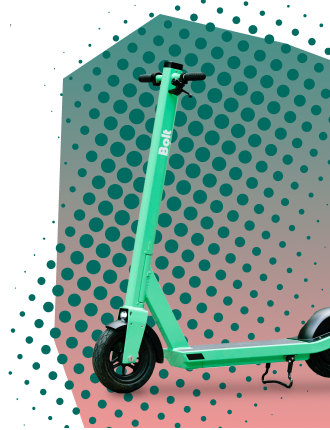Will there be a world where a trip to the grocery store involves an eVTOL vehicle?
Advanced air mobility (AAM) is the next revolution in aerospace, attracting more than $5.4 billion in investment in the first nine months of 2021. With over 250 entities developing electric vertical take-off and landing (eVTOL) aircraft, some experts say we could be taking to the sky as soon as 2024.
Flying cars have captured the imaginations of designers and drivers since the pioneering age of motoring. Combining a road vehicle with an electric flight could be the ideal solution to congested routes, commuting times and reducing emissions.
While the idea of eVTOL has been around for many years, notably with the ‘jump jet’ used by air forces around the world and the helicopter being the only successful civilian application, much uncertainty persists. Can the industry move away from its ‘rich man toy’ label and meet its goal of making it available to the average consumer?
“Practically, the result of eVTOL is that you can operate more flights during the same amount of time, ultimately moving more people and operating a more profitable mobility service”, Asad Hussain, Senior Analyst at Pitchbook.
To gain some clarity about the sky ahead, we explore the opportunities and challenges at present and investigate whether flying cars will really take off in the coming years.
The science behind eVTOL
eVTOL vehicles promise to offer a new class of aircraft that revolutionizes inter-and-intra-city mobility, providing quick, direct and clean mobility. Thanks to recent advances in electric motor and battery technology, electric aircraft are becoming more viable and feasible than ever.
There are three different ways that eVTOLs operate:
- The tilt-thrust method consists of propellers that change position to get the aircraft aloft to a forward-facing position. This generates propulsion, while more traditional wings provide lift.
- The lift and cruise version consists of several propellers providing lift like a helicopter, while a second fixed motor provides forward propulsion.
- The multirotor system consists of multiple fixed rotors providing both upward lift and forward thrust by tilting the vehicle forward.
Tilt-thrust is the more popular option by eVTOL firms developing vehicles for moving passengers and cargo over long distances, promising longer range and higher payloads than other designs.
“By rotating the thrust forward, not only does this increase the speed of the aircraft but the range as well”, Christian Albertson, Senior Research Analyst at Guidehouse Insights.
By simplifying the act of flying, eVTOL minimizes the need for a runway, offering direct point-to-point transportation. From an environmental perspective, eVTOL can eliminate the 25% of aeroplane emissions that occur during landing and take-off and reduce the number of aeroplane accidents and fatalities that happen on the runway. From a business perspective, the potential for air taxi services and other quick, convenient commercial transportation are irrefutable.
Change is in the air
Extensive progress is being made towards eVTOL because of several recent trends; the growth of on-demand services, increased availability of funding and a greater focus on sustainability. Pressure on the transportation industry to go green has taken hold due to the huge carbon footprint the industry equates to, playing a vital role in the fight against climate change.
Experts predict eVTOL technology will likely be used for shorter, point-to-point trips, ideal for densely populated urban areas. Rideshare giant Uber has calculated that a two-hour ride through Sao Paulo at peak times could be shortened to an 18-minute ride by eVTOL.
Many companies have dived at the chance of taking the lead in this disruptive technology, from traditional aerospace companies to new startups. Joby Aviation has raised more than $1 billion and successfully piloted more than 1,000 test flights. It is currently developing a commercial air taxi network for launch in the US, with a range of more than 150 miles and a top cruising speed of 200 miles per hour. Similarly, Lilium is working on a 14-location air-taxi service launching in Florida in 2024.
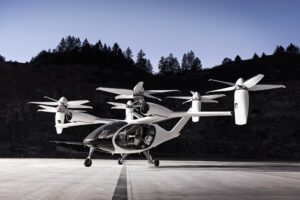
Some countries are also pushing for faster change. Norway is on a quest to conduct all flights shorter than 1.5 hours using electrically-powered planes by 2040. They have already developed a plane called the Alpha Electro II that runs on batteries, seating two people at present.
Three things are certain; the demand for electric aircraft is here, the technology is being developed, and the future will include fossil-fuel-free flight. The question is, how long will it be before electric aviation takes off?
Is eVTOL really possible?
Unlike converting cars from fossil fuels to electric, the shift towards electric aircraft is a much trickier task to accomplish. One of the biggest challenges that are continuing to stump experts is the limits of available electric power. Requiring substantial levels of power during take-off and landing, no battery available today can offer the necessary power-to-weight ratio. And even when those batteries exist, companies will have to consider a cost-effective way to store, charge and have enough batteries available for the multiple flights each aircraft would conduct each day.
Existing government regulations to standardize the implementation of eVTOLs is also nothing short of challenging. As it stands, no eVTOLs have been certified by the Federal Aviation Administration (FAA). However, government agencies, such as NASA, are partnering with aerospace companies to help create these regulations to accelerate the regulatory process to ensure the safety of everyone in or around the aircraft.
The Vertical Flight Society’s Strategic Development Director, Jim Sherman, recognizes public acceptance to be a notable setback. It is understood the general public may have some reservations about the risks involved with eVTOLs being a newer technology, whilst the widespread use of this new class of jets will depend on individual communities and their willingness to allow them to fly over their heads. “We have to overcome that and allow the public to see these vehicles in operation and how they can benefit from them”.
Many more factors, such as pilot certification, manufacturing and funding still remain as important challenges industry leaders must face in the coming years. These obstacles, however, hasn’t stopped companies from investing heavily in research and technology that could help convert aviation to electric.
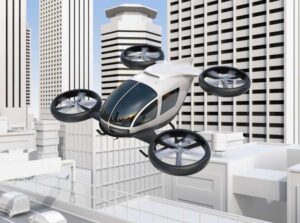
The dream of heading to work in your flying car may remain teasingly out of reach for now – but who knows what the future will hold! The race is on to be the first to find a way to green up the industry and open up new potential for profits.
If you are looking to find out more about the future of mobility, or are looking to scale your eVTOL startup, get in touch with our team of specialist Consultants who can connect you with the top-tier talent to transform the entire aviation industry as it exists today.







